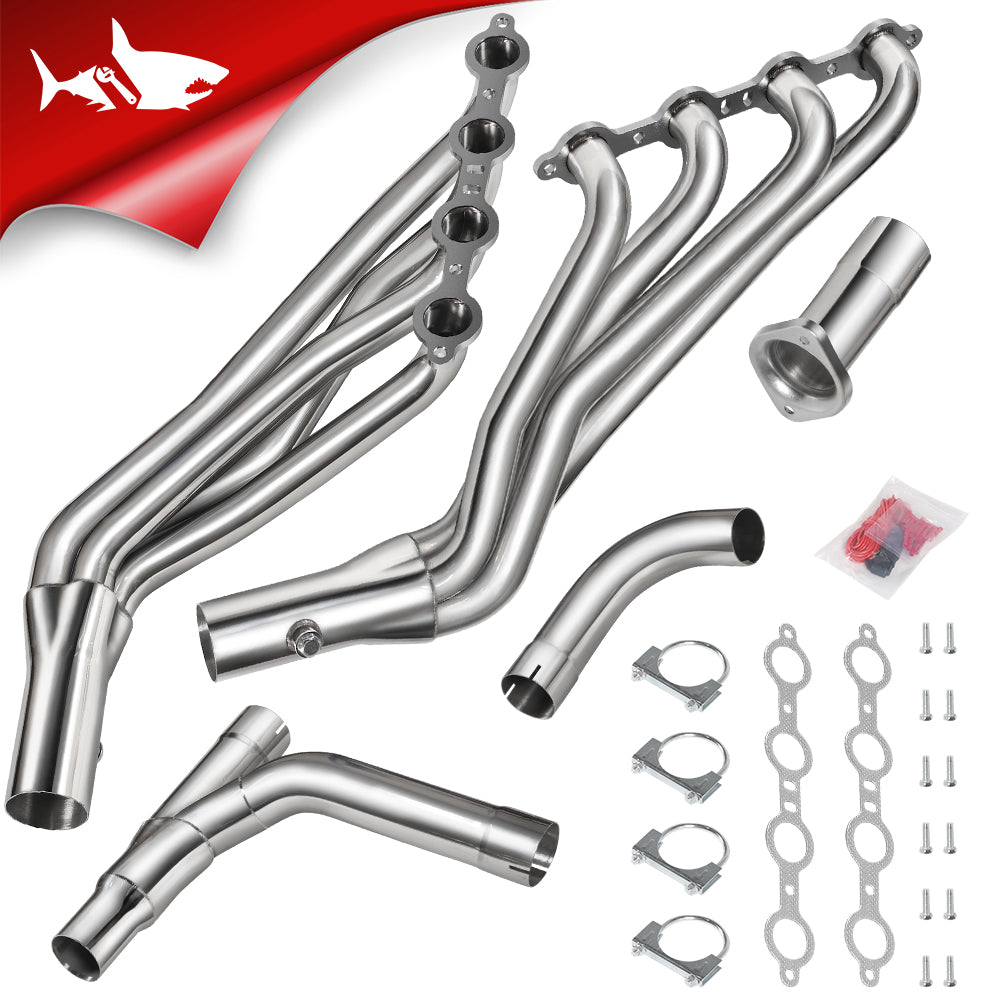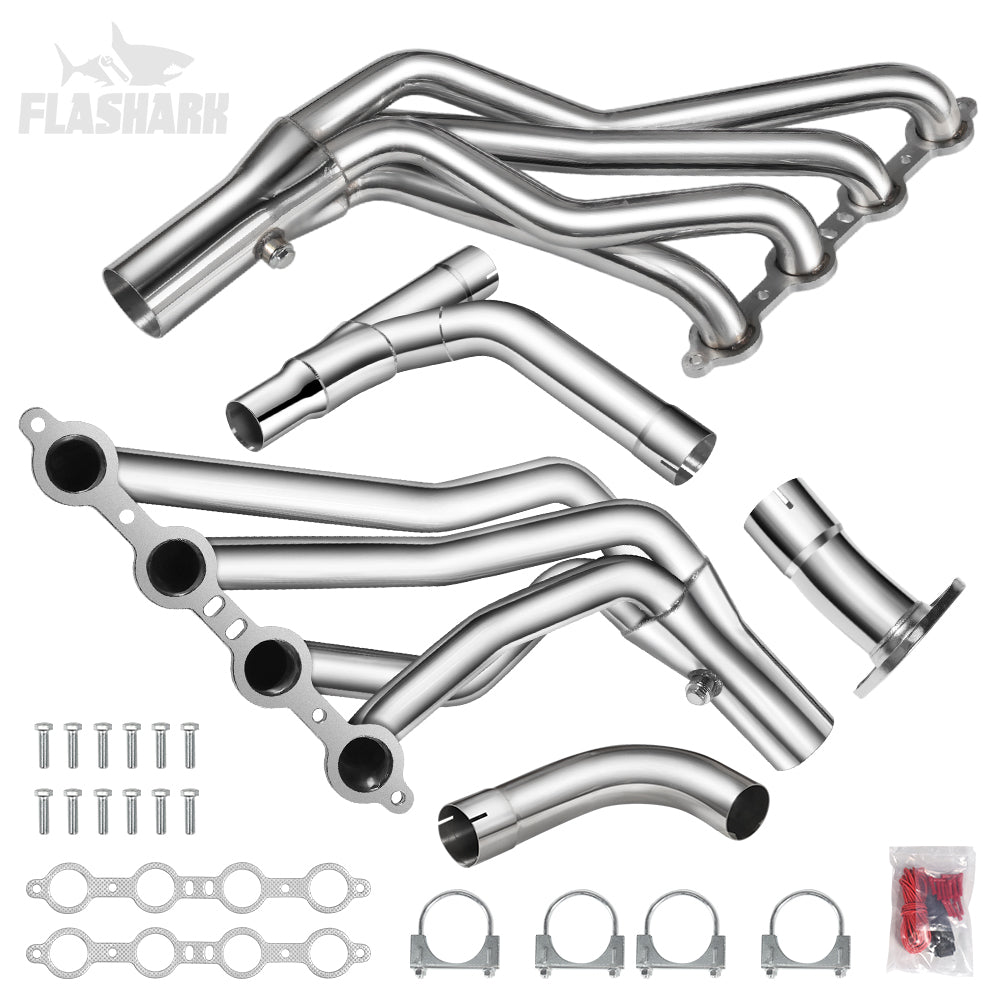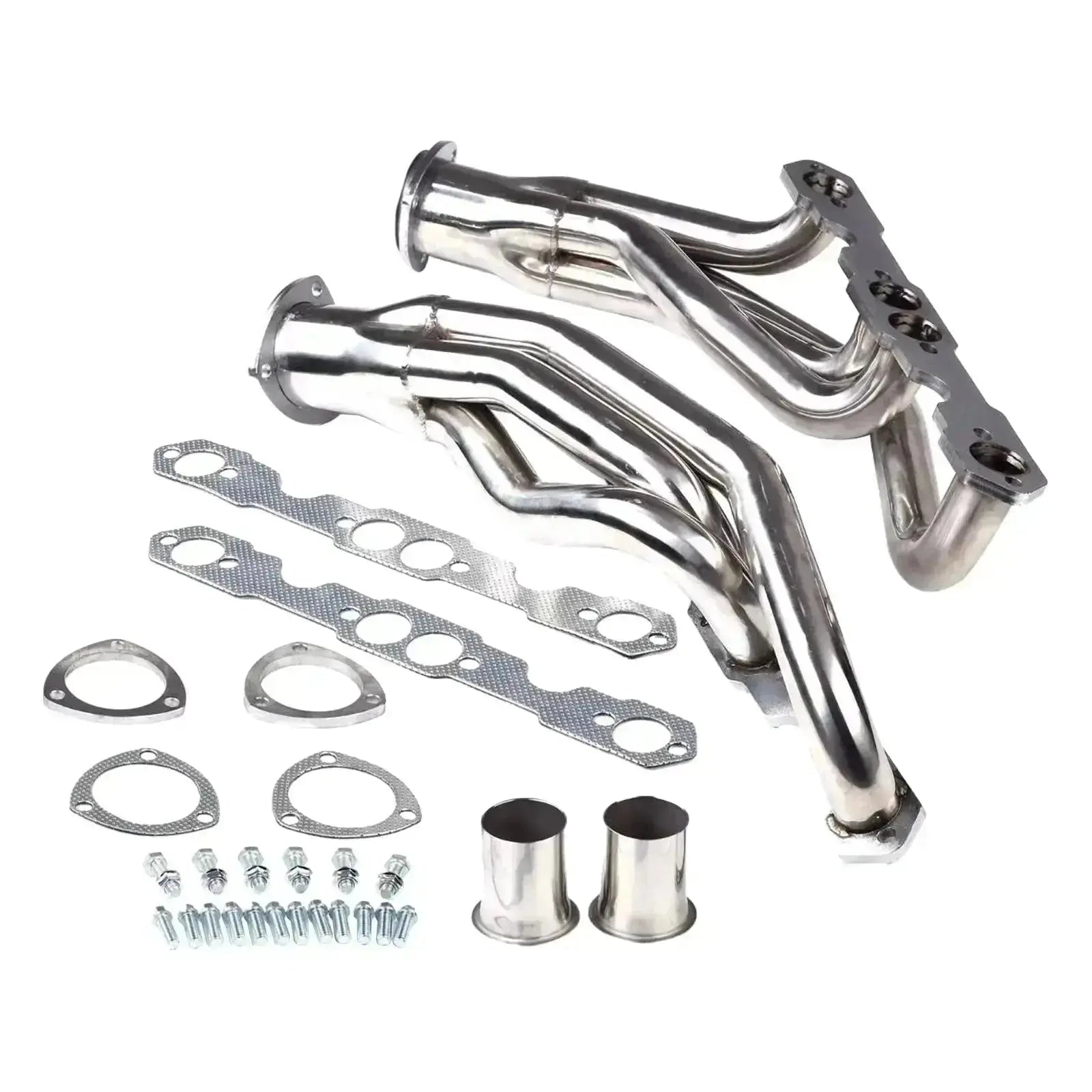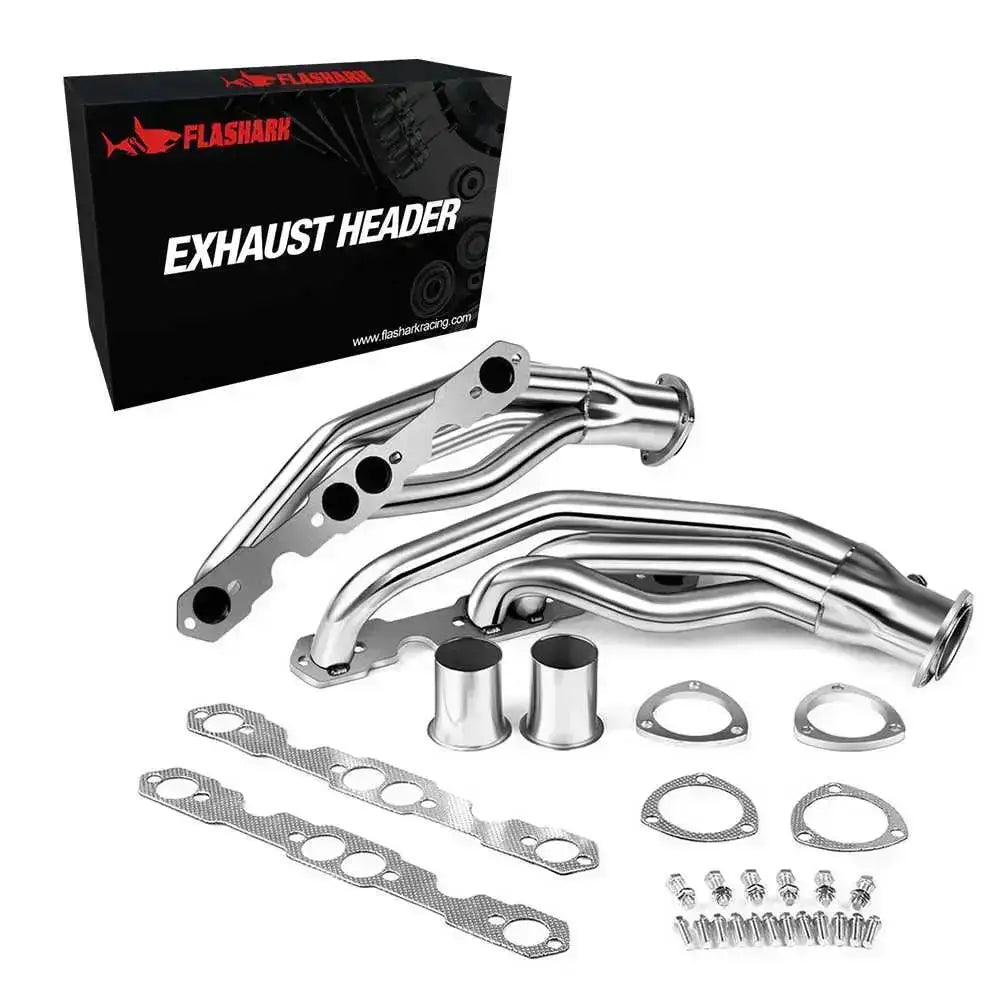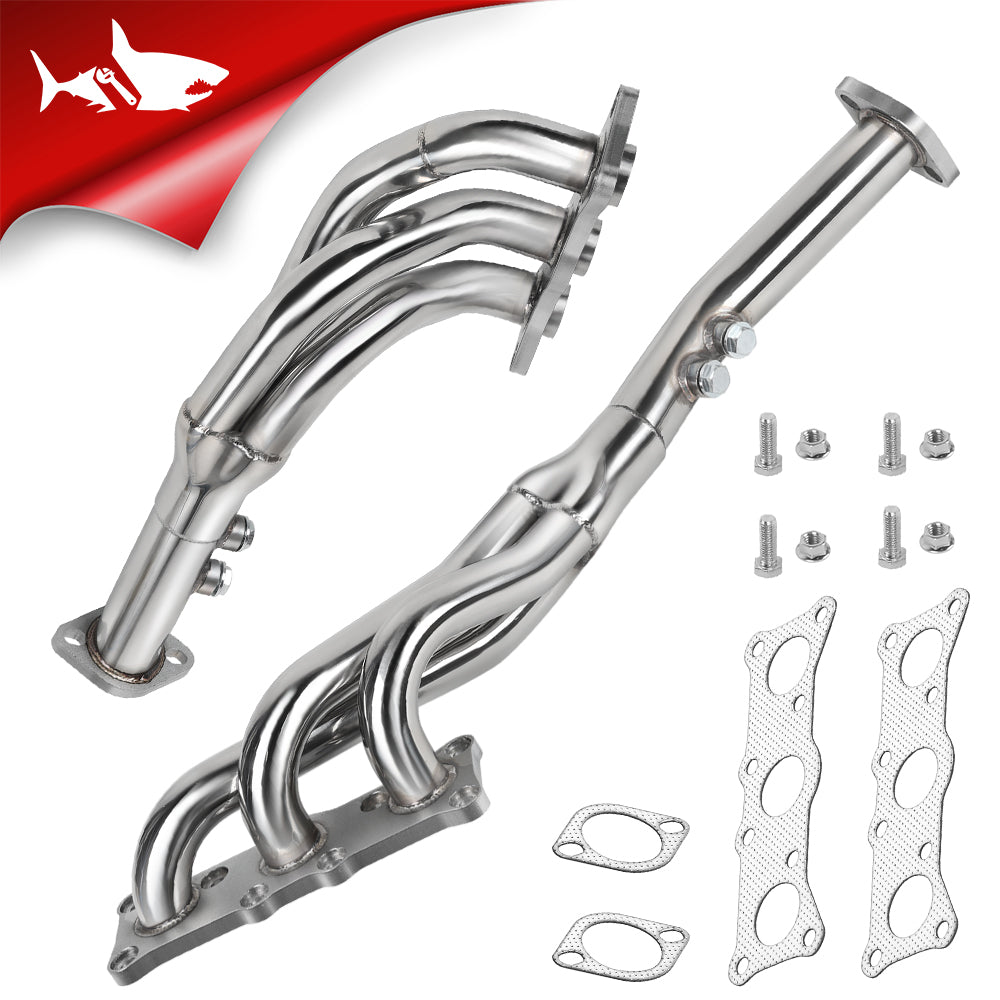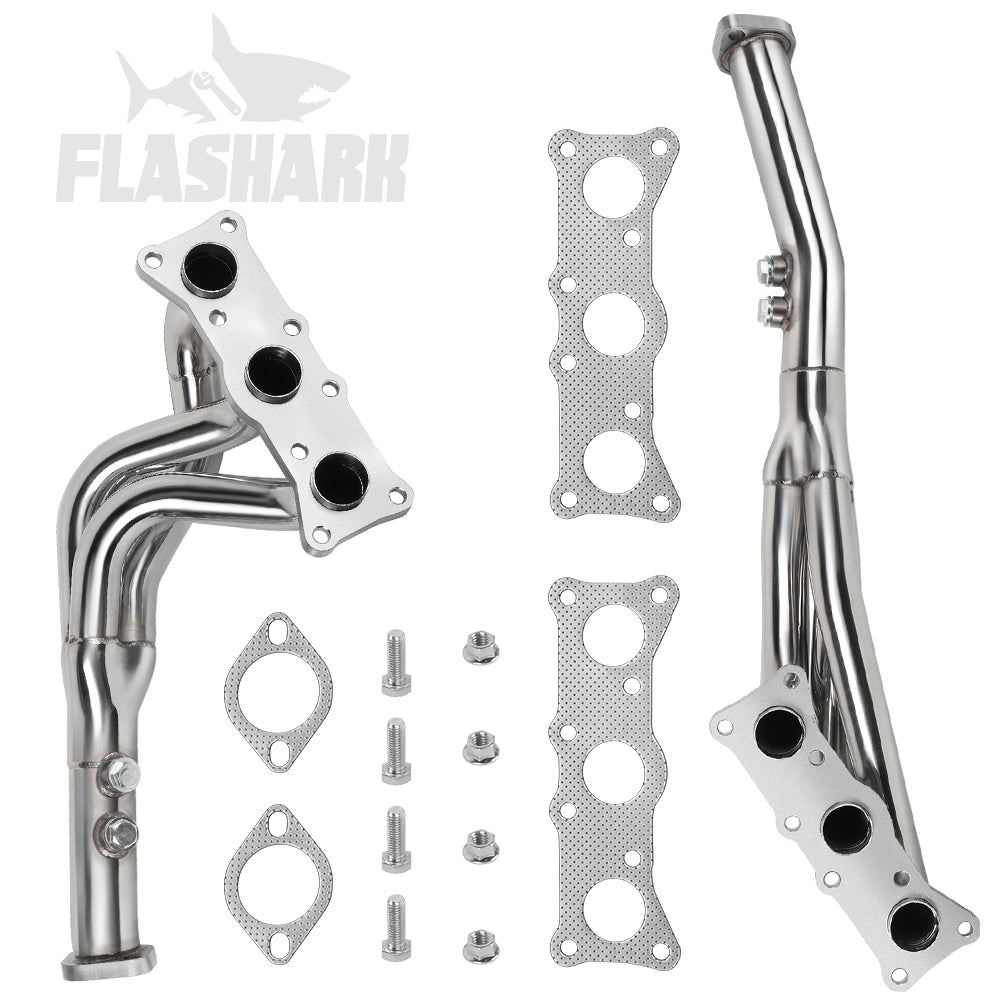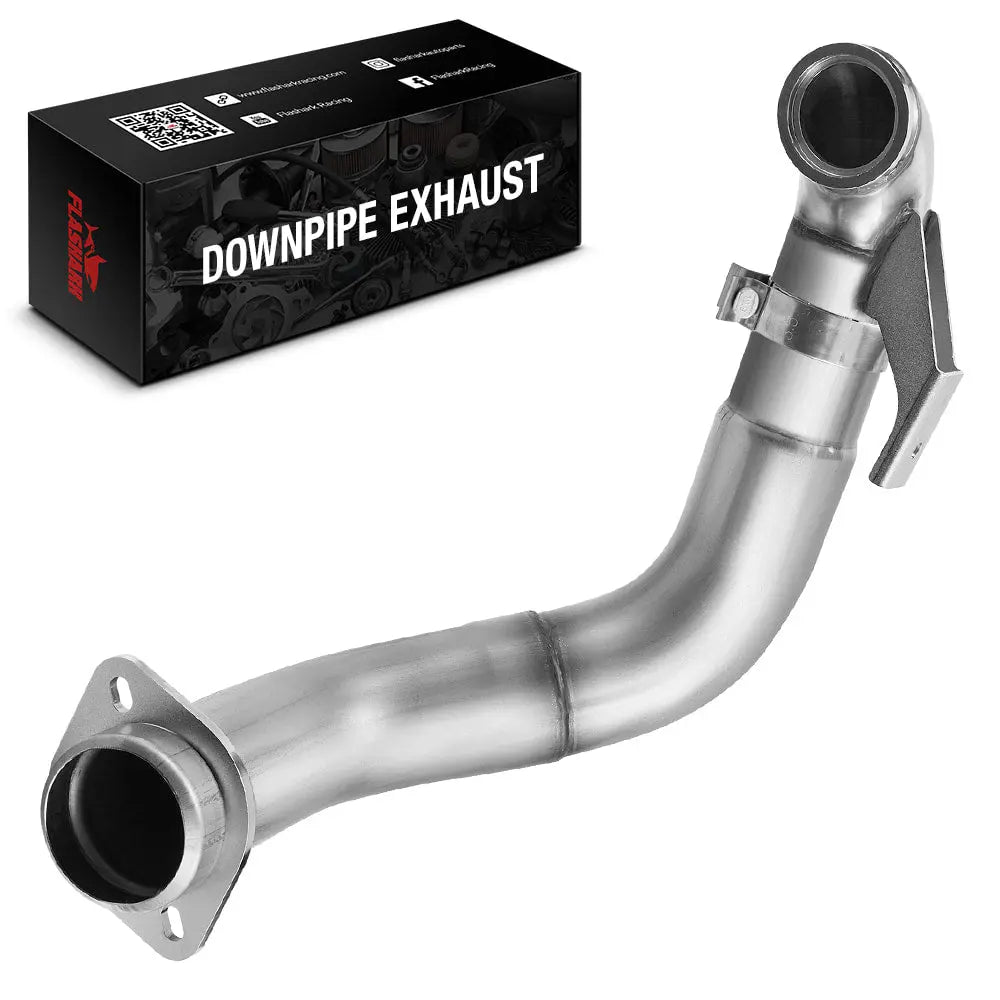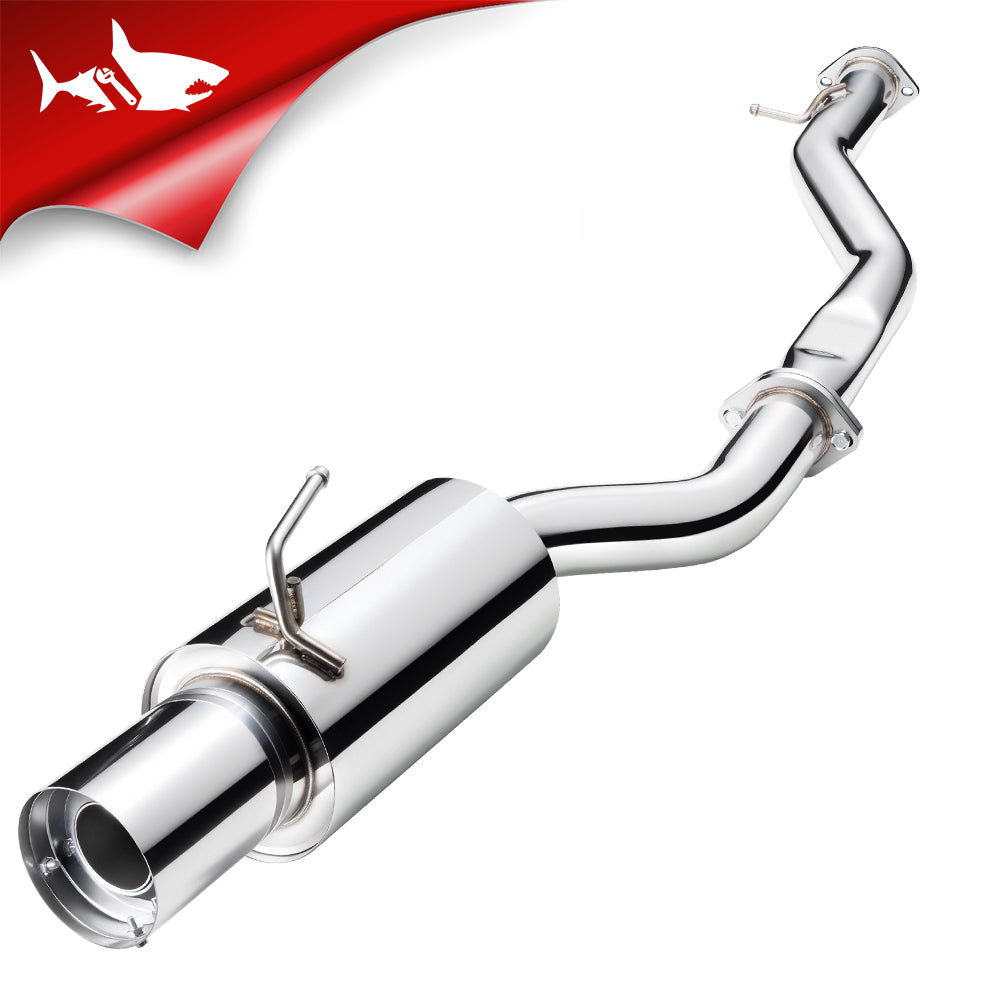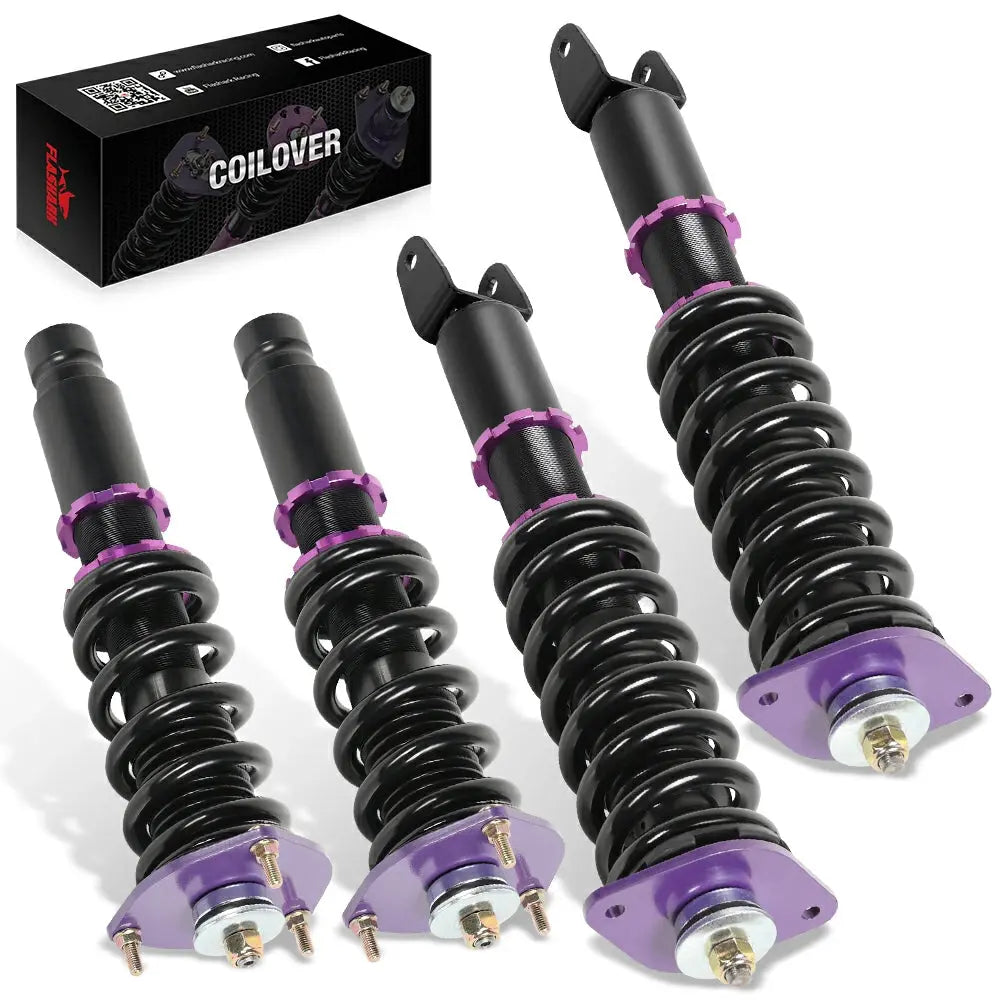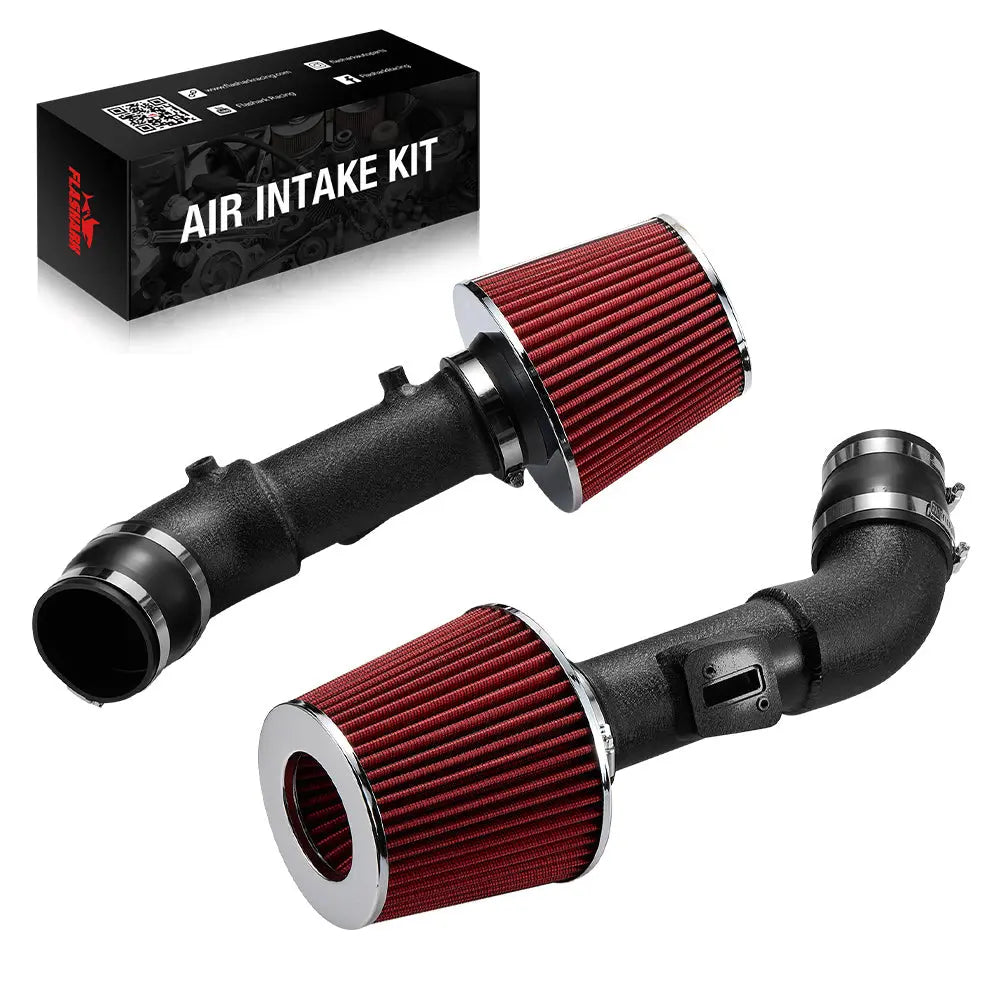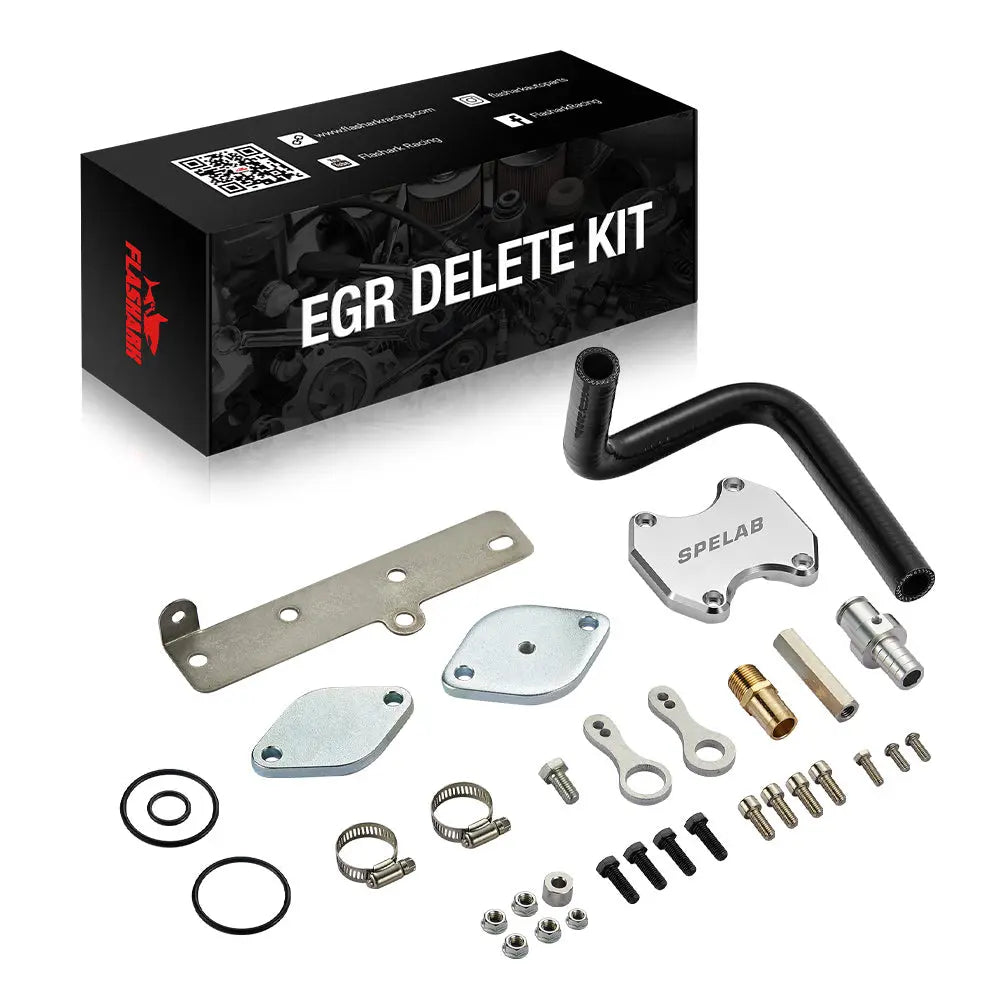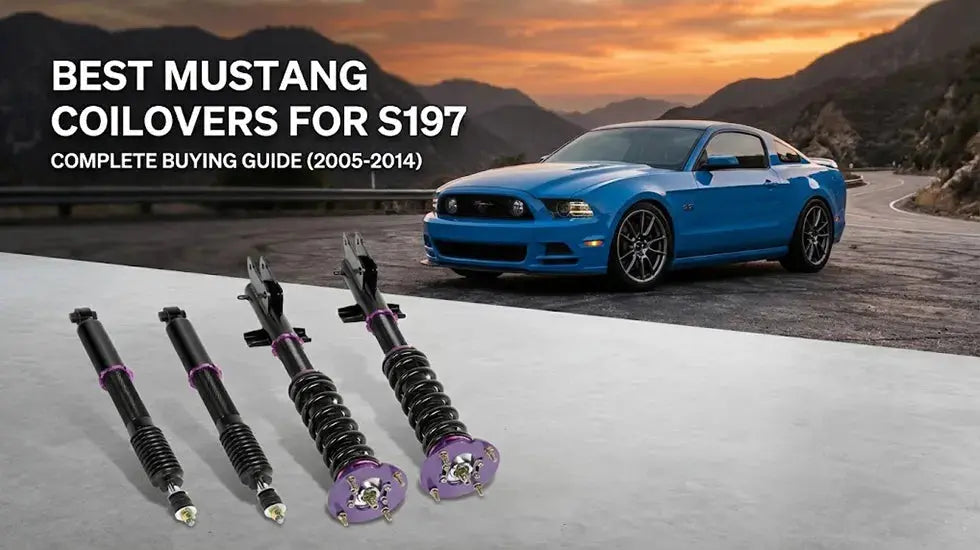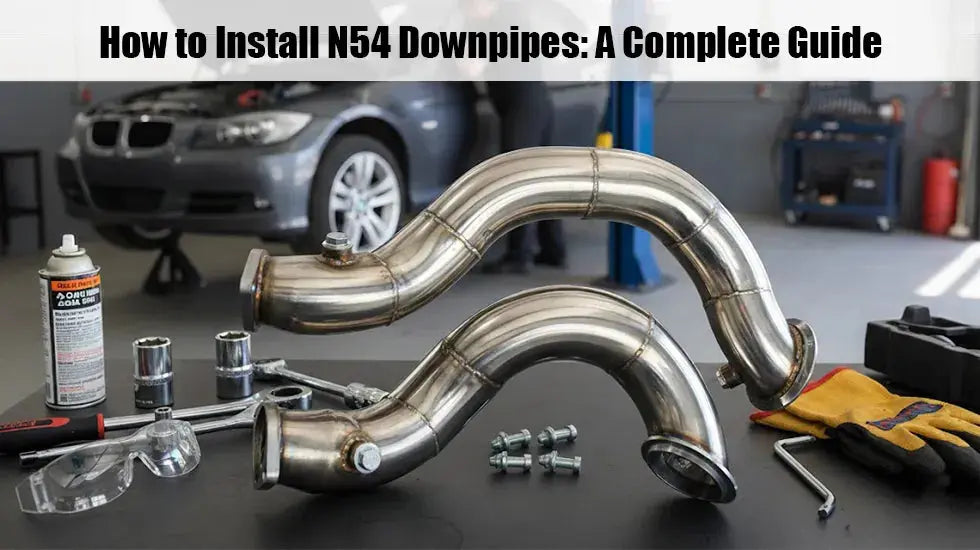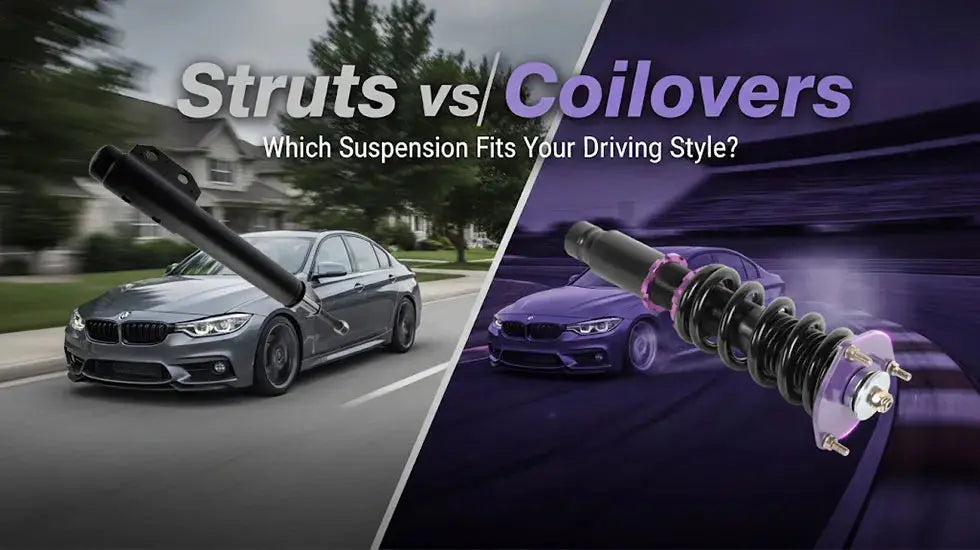Al considerar modificaciones al sistema de escape de tu auto, una mejora común es la instalación de colectores de escape de tubo largo . Sin embargo, surge una pregunta frecuente: ¿Es necesario reprogramar la ECU para instalar colectores de escape de tubo largo? La respuesta es crucial tanto para el rendimiento del vehículo como para la vida útil del motor. En este artículo, exploraremos por qué se recomienda reprogramar la ECU después de instalar colectores de escape de tubo largo, el impacto en el motor y las mejores prácticas para optimizar el rendimiento.
¿Qué son los colectores de escape de tubo largo y cómo afectan al rendimiento del motor?
Los colectores de escape de tubo largo son una mejora de rendimiento diseñada para optimizar la eficiencia del sistema de escape del motor. Cuentan con tubos primarios más largos que permiten que los gases de escape salgan del motor con mayor eficacia. A diferencia de los colectores de tubo corto, los de tubo largo se extienden más antes de unirse al colector principal, lo que contribuye a mejorar el flujo de aire del motor.
Este cambio en la dinámica del flujo de aire puede tener un efecto significativo en el rendimiento. Los colectores de escape de tubo largo permiten que el motor expulse los gases de escape más rápidamente, reduciendo la contrapresión y mejorando la eficiencia del motor. Como resultado, se puede esperar un aumento de la potencia y el par motor, especialmente a altas revoluciones. Sin embargo, este cambio en el flujo de aire también afecta al funcionamiento del motor, lo que nos lleva a la pregunta: ¿es necesario reprogramar la centralita para instalar colectores de escape de tubo largo?

¿Por qué se recomienda la puesta a punto después de instalar colectores de escape de tubo largo?
Cambios en la relación aire-combustible del motor (AFR)
Una de las principales razones por las que es necesario ajustar la ECU tras instalar colectores de escape de tubo largo es la alteración de la relación aire-combustible (AFR). Los colectores de escape de tubo largo reducen la contrapresión, lo que permite un mejor flujo de escape. Este cambio puede empobrecer la mezcla, lo que significa que el motor podría funcionar con menos combustible del necesario para una combustión óptima. Sin un ajuste adecuado, esto puede provocar una mezcla pobre, con el consiguiente riesgo de detonación y una disminución del rendimiento.
Ajustar la mezcla de combustible de tu vehículo garantiza que se corrija la relación aire/combustible (AFR), lo que ayuda a que el motor funcione de manera óptima sin riesgo de daños. Al recalibrar el mapa de combustible, el motor puede adaptarse mejor al mayor flujo de escape que se produce con los colectores de escape de tubo largo.
Ajustes de la ECU y gestión del motor
La unidad de control del motor (ECU) se encarga de gestionar el funcionamiento del motor, incluyendo el suministro de combustible, el avance del encendido y el rendimiento general. Tras la instalación de colectores de escape de tubo largo, es posible que sea necesario reprogramar la ECU para adaptarla a los cambios en el flujo de escape y la admisión de aire.
Sin una reprogramación de la centralita, el motor podría tener dificultades para optimizar su funcionamiento, lo que provocaría un rendimiento deficiente o incluso daños a largo plazo. Una reprogramación profesional permitirá que la ECU reconozca las modificaciones y ajuste parámetros críticos como el suministro de combustible, el avance de encendido y la admisión de aire.
Prevención de daños en el motor
Instalar colectores de escape de tubo largo sin una puesta a punto adecuada puede causar daños importantes a largo plazo en el motor. Una mezcla pobre de aire y combustible puede aumentar la temperatura del motor y provocar detonación, lo que podría dañar los pistones, las válvulas y otros componentes. Al ajustar el motor, se garantiza su funcionamiento eficiente y se protegen los componentes internos de posibles daños.
Este enfoque proactivo no solo protege tu motor, sino que también garantiza que aproveches al máximo la mejora de los colectores de escape de tubo largo. Sin una puesta a punto adecuada, podrías experimentar un consumo excesivo de combustible, una disminución de la potencia y un mayor desgaste del motor.
Consideraciones específicas del vehículo para colectores de escape de tubo largo y puesta a punto
Al instalar colectores de escape de tubo largo, cada vehículo tendrá una respuesta única a la mejora. A continuación, se muestran ejemplos de cómo la reprogramación de la centralita afecta a varios modelos de coche y por qué es esencial para su correcto funcionamiento.
Chevrolet Corvette C5
Para el Chevrolet Corvette C5 , la instalación de colectores de escape de tubo largo mejora significativamente el rendimiento a altas RPM al reducir la restricción del escape y mejorar el flujo de aire. Sin embargo, sin una reprogramación de la ECU, esta podría no ajustarse correctamente al mayor flujo de escape, lo que puede provocar una mezcla pobre de aire y combustible. Una mezcla pobre puede causar detonación y una menor potencia, por lo que una reprogramación profesional es crucial para garantizar un funcionamiento eficiente y prevenir daños en el motor. Una reprogramación adecuada recalibra la ECU para el sistema de escape mejorado y optimiza el avance de encendido y la inyección de combustible, asegurando un rendimiento óptimo y una mayor vida útil del motor.
Ford Mustang GT
En el Ford Mustang GT , los colectores de escape de tubo largo son conocidos por su capacidad para reducir la contrapresión y aumentar la potencia, especialmente a altas revoluciones. Sin embargo, este cambio afecta la relación aire-combustible (AFR), lo que puede provocar una mezcla pobre. Si no se ajusta la ECU, el motor podría sufrir fallos de encendido, detonación y una disminución de la potencia. Es necesario recalibrar la ECU para adaptarla al nuevo flujo de escape, garantizando así una inyección de combustible y un avance de encendido óptimos. Muchos propietarios de Mustang optan por servicios de ajuste profesional, sobre todo si se combinan con otras modificaciones como tomas de aire frío o árboles de levas mejorados, para obtener el máximo rendimiento de su vehículo.
Dodge Charger SRT8
Para el Dodge Charger SRT8 , los colectores de escape de tubo largo mejoran drásticamente el flujo de escape y la respuesta del acelerador, pero también alteran la dinámica del escape, lo que puede resultar en una mezcla pobre. Esto puede ocasionar problemas como sobrecalentamiento del motor, cascabeleo y un mayor consumo de combustible. Es necesario reprogramar la ECU para ajustar la inyección de combustible y asegurar que la relación aire-combustible se mantenga dentro de los límites seguros. Muchos propietarios de Charger optan por reprogramadores portátiles como DiabloSport para realizar la reprogramación ellos mismos o por servicios profesionales para optimizar el rendimiento de su vehículo tras la mejora del sistema de escape.
Chevrolet Camaro SS
Instalar colectores de escape de tubo largo en el Chevrolet Camaro SS puede proporcionar un aumento notable en la potencia y el par motor, pero, al igual que con otros vehículos, requiere una puesta a punto adecuada para evitar complicaciones. El mayor flujo de escape modifica la dinámica de la admisión de aire y el suministro de combustible del motor, lo que suele provocar una mezcla pobre. Sin una puesta a punto, esto puede resultar en una aceleración deficiente, tirones y una reducción de la potencia. Para garantizar que el Camaro funcione de manera eficiente y segura, se recomienda reprogramar la ECU, ajustando parámetros clave como la inyección de combustible, el avance de encendido y el avance de chispa.
¿Se puede conducir sin reprogramar la ECU después de instalar colectores de escape de tubo largo?
Efectos a corto plazo frente a efectos a largo plazo
Si bien técnicamente es posible conducir el coche sin reprogramar la centralita tras instalar colectores de escape de tubo largo, no se recomienda a largo plazo. A corto plazo, puede que notes diferencias mínimas en el rendimiento, pero con el tiempo, la falta de reprogramación podría causar problemas. El motor podría funcionar de forma ineficiente, lo que provocaría un mayor consumo de combustible y una disminución del rendimiento.
A largo plazo, los riesgos aumentan. El motor puede presentar problemas debido a una mezcla aire-combustible inadecuada, lo que puede dañar componentes clave. Lo mejor es ajustar el motor después de la instalación para evitar estos problemas.
¿Por qué algunos usuarios omiten la configuración?
Algunos aficionados a los coches pueden verse tentados a saltarse la puesta a punto, ya sea por limitaciones presupuestarias o por la idea errónea de que no es necesaria. Sin embargo, no ajustar el motor tras instalar colectores de escape de tubo largo podría significar sacrificar tanto el rendimiento como la vida útil del motor. Aunque el coche parezca funcionar bien, es probable que el motor no esté rindiendo al máximo y, con el tiempo, podrían surgir problemas.
Las mejores maneras de optimizar el rendimiento de su motor después de instalar colectores de escape de tubo largo
Afinación profesional vs. afinación casera
Cuando se trata de ajustar el motor después de instalar colectores de escape de tubo largo, tienes dos opciones principales: ajuste profesional o ajuste por tu cuenta.
La reprogramación profesional suele ser la mejor opción para garantizar un rendimiento óptimo. Un técnico especializado utilizará equipos específicos para ajustar la ECU y optimizar diversos parámetros del motor según las modificaciones realizadas. Se recomienda encarecidamente la reprogramación profesional si, además de los colectores de escape de tubo largo, se han realizado otras modificaciones (como mejoras en el árbol de levas o tomas de aire frío).
Como alternativa, algunos aficionados optan por usar programadores portátiles o software de reprogramación para ajustar su propio vehículo. Si bien esta puede ser una opción más económica, requiere cierta experiencia. Si se realiza incorrectamente, la reprogramación casera podría dañar el motor o provocar un rendimiento deficiente.
Herramientas y software de ajuste
Existen diversas herramientas y programas de ajuste para optimizar el rendimiento de su vehículo. Entre las opciones más populares se encuentran los programadores portátiles como DiabloSport o Hypertech, y programas como HP Tuners o Cobb Tuning. Estas herramientas permiten modificar la configuración de la ECU para una mejor gestión del combustible y del avance de encendido.
Es importante elegir una herramienta de ajuste fiable para garantizar la precisión. Los afinadores profesionales suelen tener acceso a equipos más avanzados que pueden realizar diagnósticos completos, por lo que la afinación profesional suele ser la opción más segura.
Otras modificaciones que podrían requerir un ajuste
Los colectores de escape de tubo largo no son la única modificación que podría requerir una reprogramación de la centralita. Otras mejoras, como las tomas de aire frío, los cambios de árbol de levas o los supercargadores, también pueden afectar la relación aire-combustible del motor y requerir una recalibración. Estas modificaciones suelen funcionar en conjunto con los colectores de escape de tubo largo para aumentar el rendimiento, pero también pueden requerir ajustes de la ECU para funcionar correctamente.

Si le has hecho varias modificaciones a tu vehículo, una puesta a punto completa garantizará que todos los componentes funcionen en armonía. Esto puede ayudar a maximizar el rendimiento y prevenir daños a largo plazo.
Por qué es esencial ajustar la puesta a punto después de instalar colectores de escape de tubo largo para el rendimiento y la protección
En conclusión, la puesta a punto tras la instalación de colectores de escape de tubo largo es esencial tanto para el rendimiento como para la protección del motor. Sin una puesta a punto adecuada, el motor puede funcionar de forma ineficiente, lo que conlleva un mayor consumo de combustible, una menor potencia y posibles daños. La puesta a punto garantiza que el motor optimice el nuevo flujo de escape y funcione correctamente a largo plazo.
Tanto si optas por una puesta a punto profesional como si decides usar herramientas de bricolaje, es fundamental realizar este ajuste tras instalar los colectores de escape de tubo largo. De esta forma, disfrutarás de un mejor rendimiento, una mayor vida útil del motor y la tranquilidad de saber que tus modificaciones están correctamente integradas con el sistema de gestión del motor de tu vehículo.
¡Última oportunidad! ¡Los descuentos por tiempo limitado de FlashArk Racing ya están aquí!
¡No te pierdas estas ofertas exclusivas! FlashArk Racing tiene increíbles promociones por tiempo limitado para que mejores tu equipo y accesorios de carreras a precios imbatibles. Consulta nuestros descuentos actuales:
- 10% de descuento adicional en todos los colectores de escape
- 11% de descuento adicional en todos los sistemas de escape Catback
- 12% de descuento adicional en todos los escapes con tubo de bajada
- 11% de descuento adicional en todos los convertidores catalíticos
- 13% de descuento adicional en la entrada de aire frío
- 15% de descuento adicional en el tubo de eliminación de DPF y catalizador
¡Date prisa, estas ofertas son por tiempo limitado! Haz clic en el enlace de abajo para conseguir tu descuento ahora mismo:
👉 ¡ Haz clic aquí para visitar la página de descuentos de Flashark y reclamar tu oferta!


